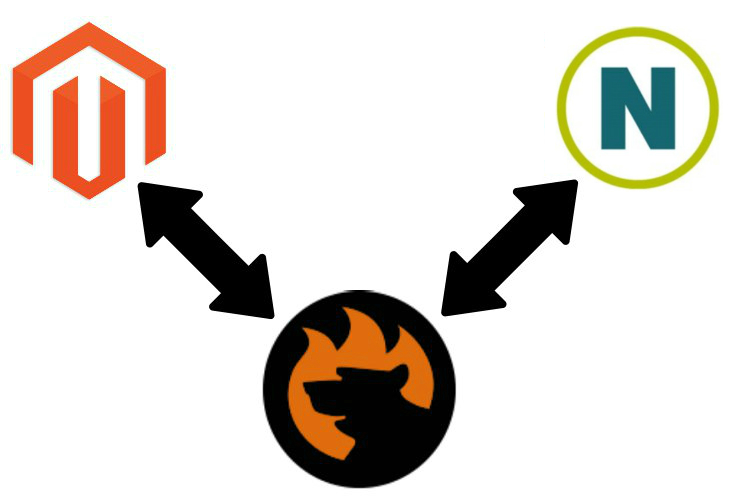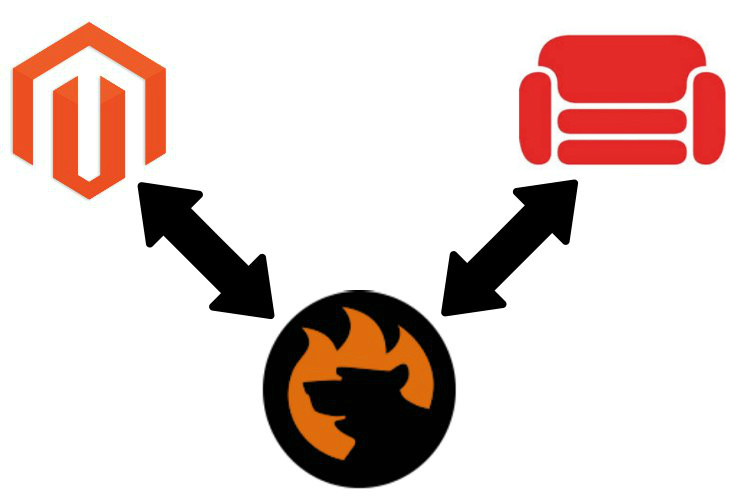
PHP is a web development language, which is also used for a general-purpose programming. It is installed on more than 2.1 million web servers and 240 million websites. PHP can be mixed with HTML and used in combination with various frameworks and templating engines. The code itself is usually processed by an interpreter. The PHP interpreter is implemented as a native module of a web server or as a Common Gateway Interface executable (CGI). After the interpretation and execution, the PHP code is sent in a form of resulting output to its client by a web server. Usually, it is a part of the generated web page. PHP code can generate an HTML code of a web page, an image, etc. The canonical PHP interpreter is a free software, which is released under the PHP License. It can be deployed on most web servers and works with almost every operating system. In addition, PHP can be used in standalone graphical applications, because it supports a command-line interface capability. Continue Reading








